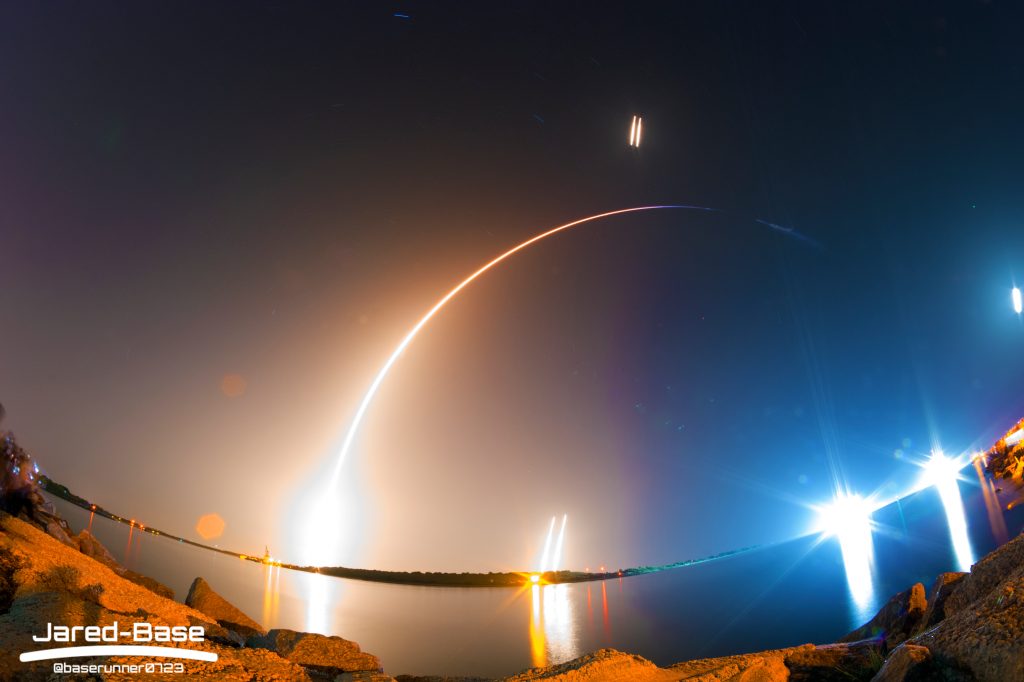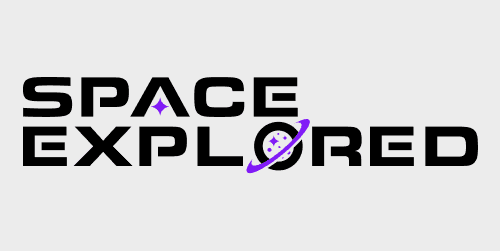RTLS – Return To Launch Site
SpaceX was met with disbelief in 2011 when they announced plans to vertically land Falcon 9 rocket boosters. This was largely thought to be impossible, and some industry titans bet SpaceX wouldn’t achieve it. A decade later, SpaceX still amazes us with their rocket booster landings.
How does SpaceX land boosters on land?
SpaceX has three options for dealing with boosters after they launch
- Expend the booster into the ocean without attempting recovery (like most launches from other providers)
- Land the booster on a droneship in the ocean
- Land the booster back at one of three landing zones on land
The first of those options is not favorable for SpaceX. The company would rather not throw away a booster that they could reuse. They will do so per customer request, but that rarely happens.
The second option is what happens most frequently. SpaceX will use a tug to tow a heavily modified barge out to the expected landing area a few days before launch. Once ready, the tug will release the barge. The barge will engage its thrusters to position itself for landing. This is known as an Automatous Spaceport Droneship (ASDS) landing type. These are favorable because they can be sent out far away from the launch site, allowing the Falcon 9 to use more fuel for the mission and less fuel for landing. However, the risk of scrubbing the launch due to recovery weather has to be added into the countdown.

The perfect outcome for SpaceX is the beloved RTLS landing. It requires no additional risk to the launch timeline, and SpaceX can get the booster back in their hangars to refurbish sooner.
SpaceX has two landing zones on Cape Canaveral Space Force Station: LZ-1 and LZ-2. A third landing zone called LZ-4 is located at Vandenberg Air Force Base in California. (Don’t ask why there’s no LZ-3; that’s a story for another day.)
RTLS landings do reduce the amount the customer can carry to orbit while adding intricacies to the flight, but the success rate is understandably higher since the LZ isn’t bobbing in the ocean.
RTLS landing process
Shortly after main engine cut off (MECO) and the ignition of the second stage engine, the first stage begins to turn around and face its engines toward its direction of motion.
The booster will do what is called a 1-3-1 burn: starting up its center Merlin engine, briefly starting up two outside engines, then returning to a single engine. This along with air friction will cause the booster to cancel out its velocity and start to fly the booster back to where it launched. After this, both ASDS and RTLS landings are very similar. The main difference is that one LZ is stationary and one is not.

The booster ignites its center engine again for re-entry, acting a bit like a heat shield while also slowing it down as it re-enters the atmosphere. While the booster falls back to Earth, the booster uses four grid fins attached towards the top of the booster to steer itself.
The booster actually doesn’t aim for the LZ. It aims for a spot just off the coast so if everything fails it just lands in the water. Once it starts up its final landing burn, it will then glide over and land on SpaceX “X marks the spot” landing zone.

RTLS landings are amazing to watch. It still doesn’t look natural, but it’s already becoming the new normal. While the booster falls, it eventually slows down to be slower than the speed of sound. This causes a sonic boom to occur.
